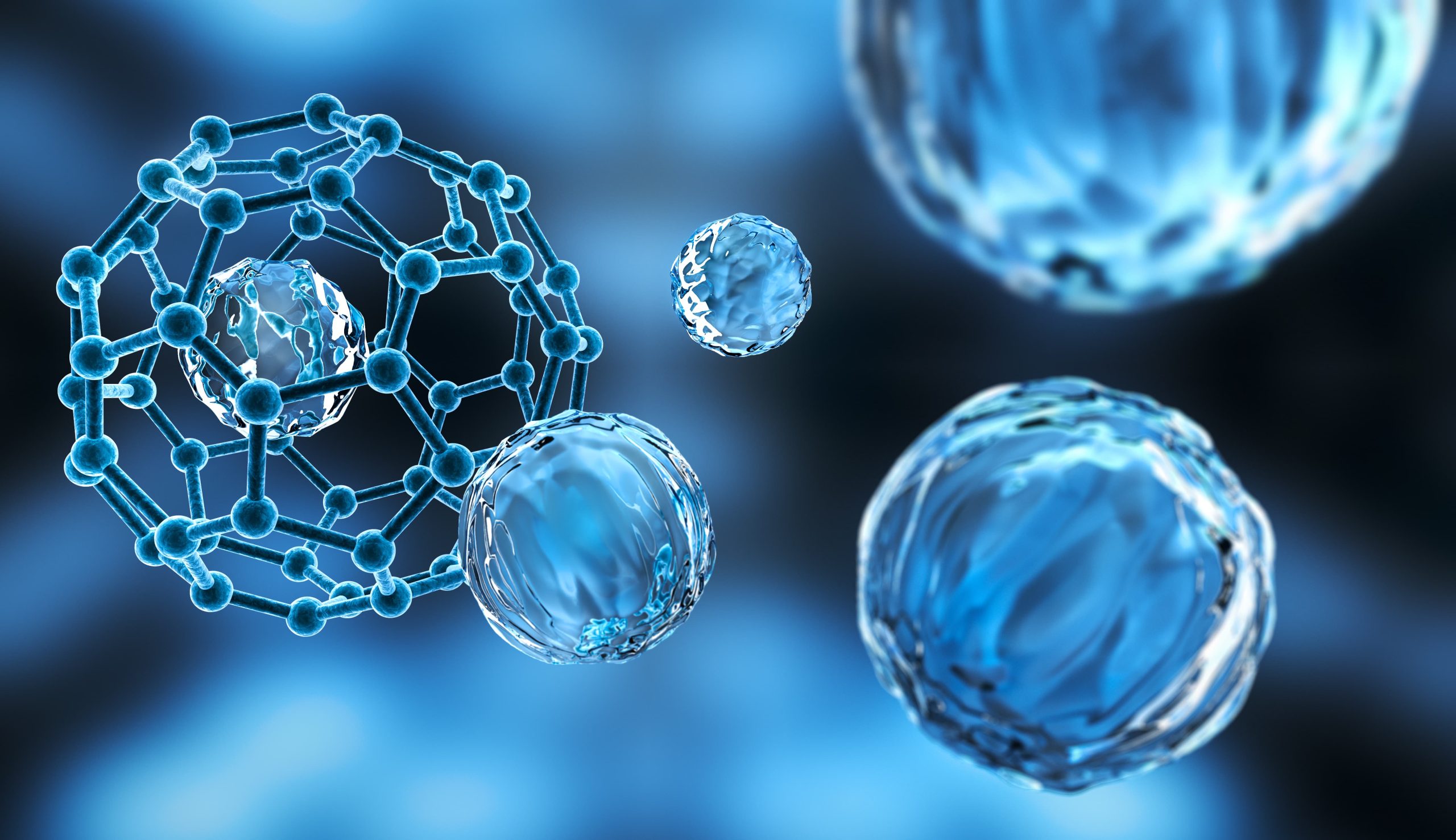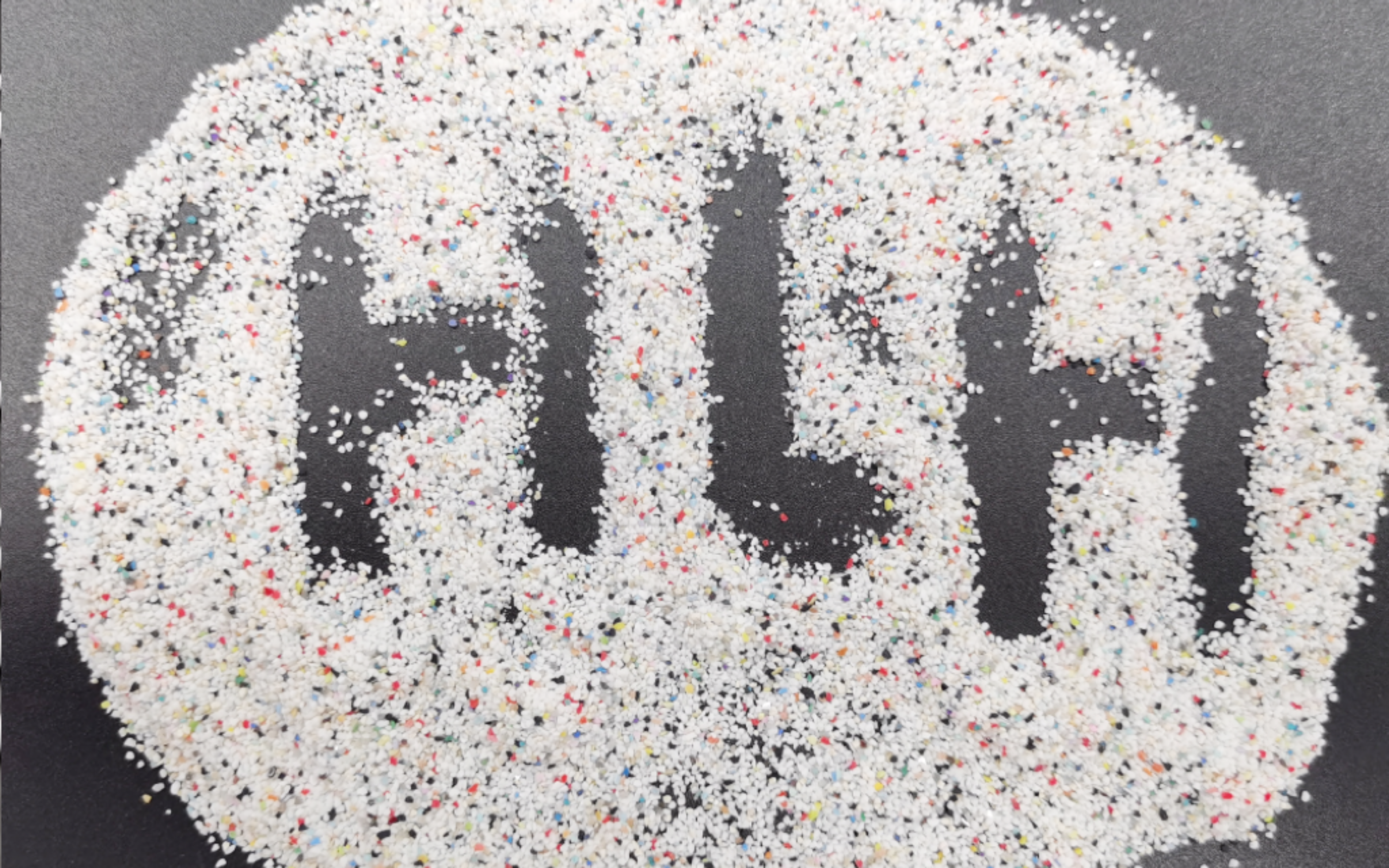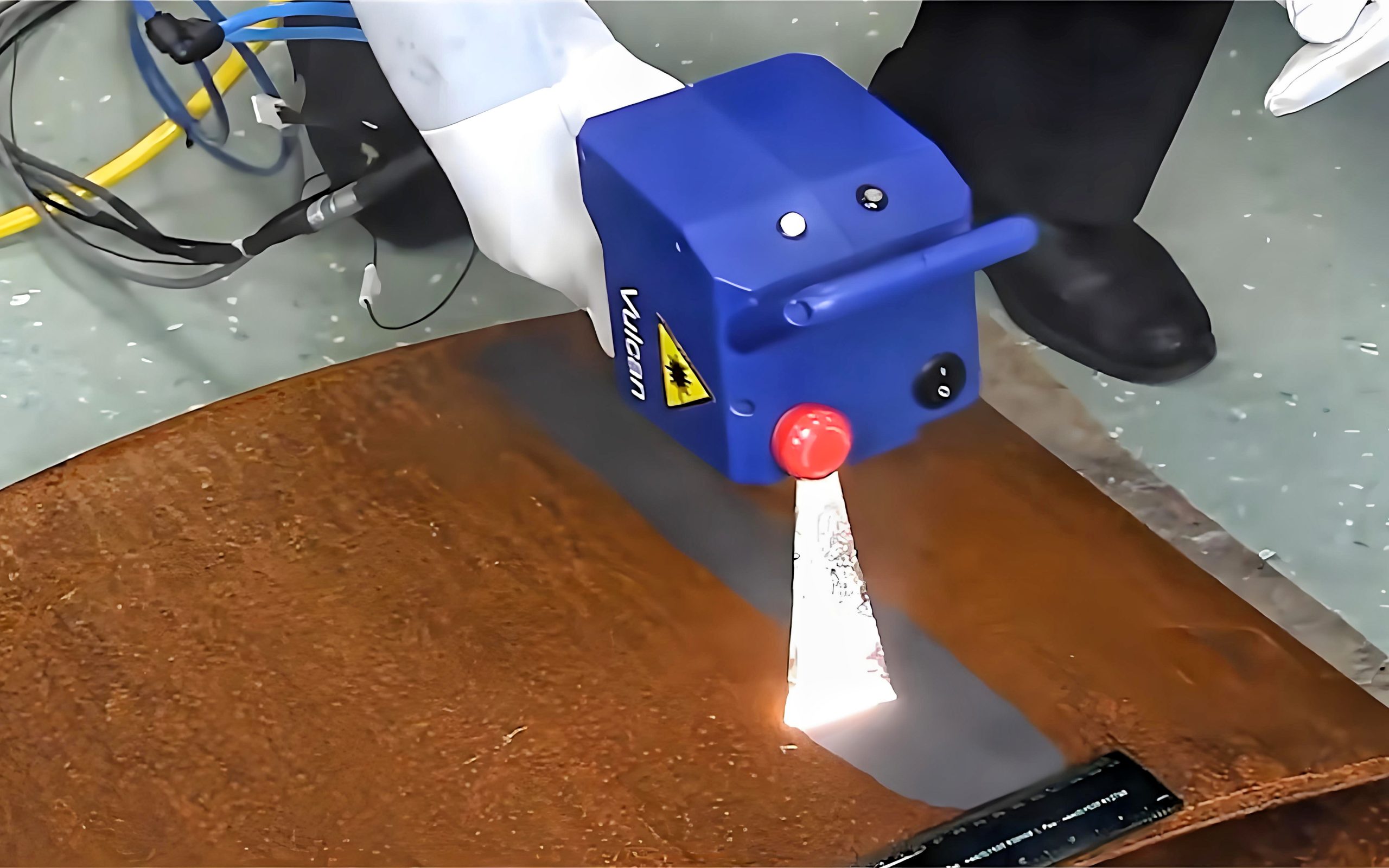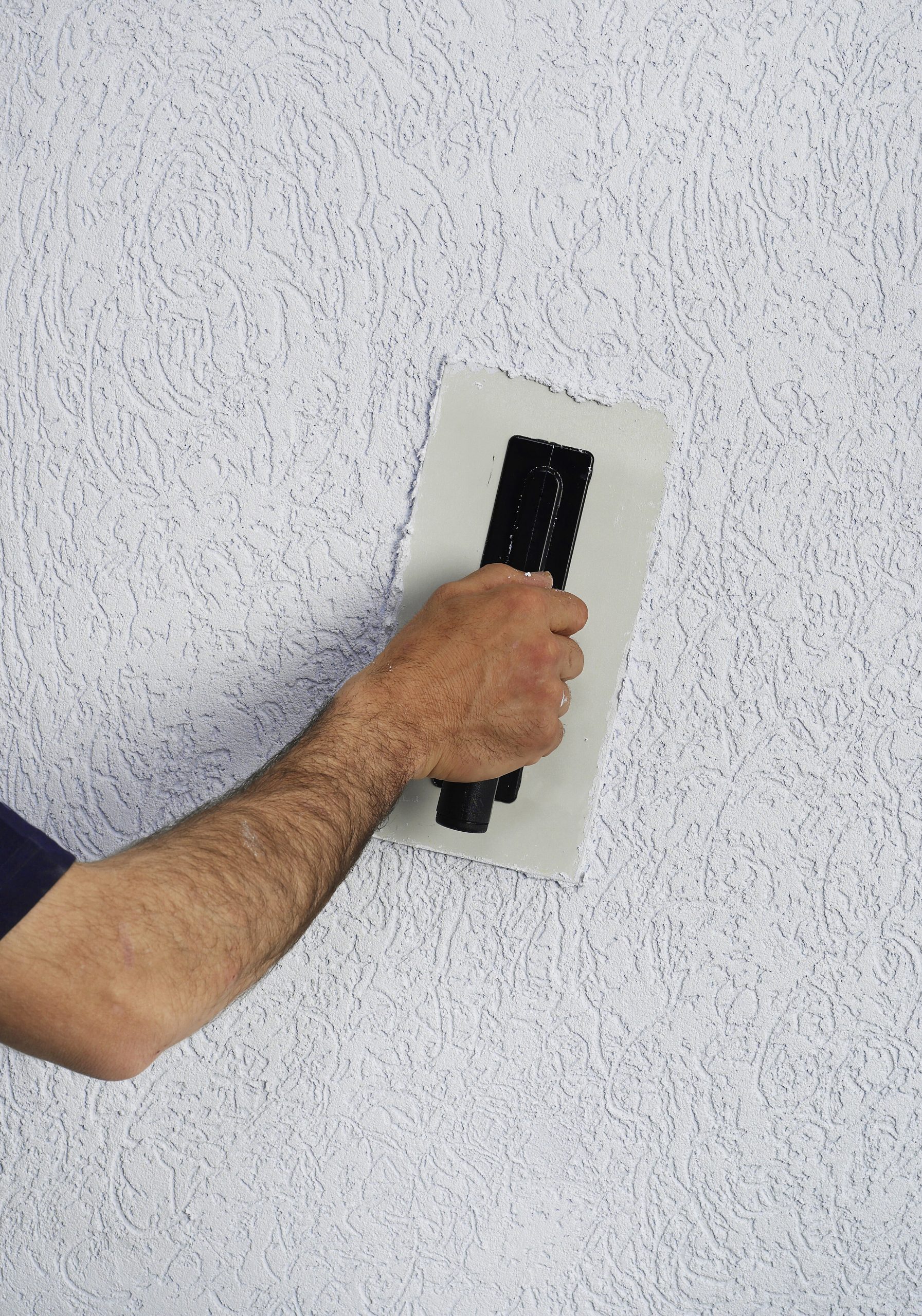Analyse complète des spécifications du sablage aux billes de céramique
28 août 2024
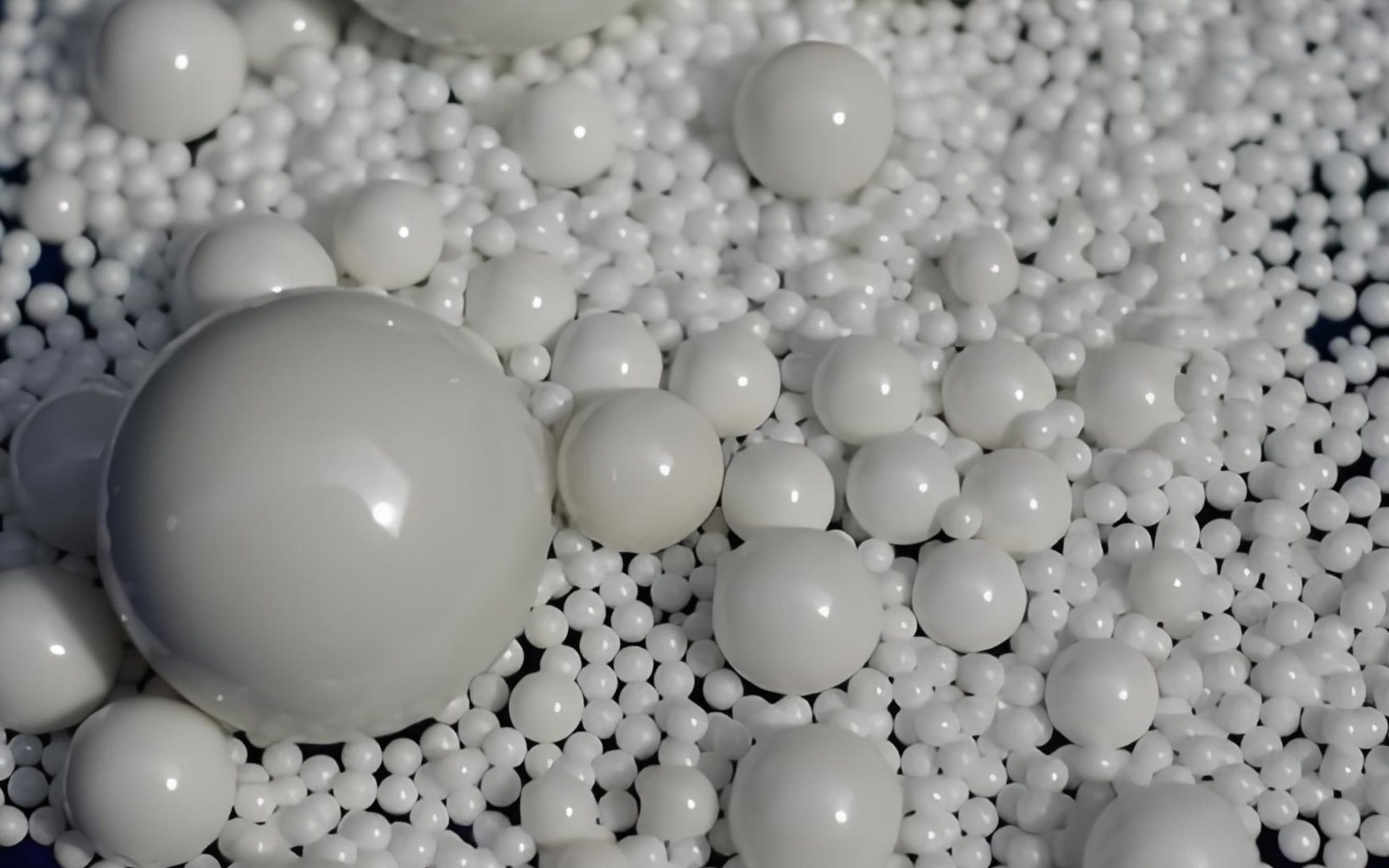
Dans le secteur industriel, le sablage est une méthode de traitement de surface couramment utilisée. Il permet d'éliminer les contaminants, les écailles d'oxyde, la rouille, etc., de la surface des pièces, tout en augmentant la rugosité de la surface pour améliorer l'adhérence du revêtement. Les billes de céramique, nouveau type de matériau de sablage, présentent des avantages tels qu'une grande dureté, une bonne résistance à l'usure et une grande stabilité chimique, ce qui en fait un matériau largement utilisé dans divers domaines. Cependant, différentes tailles de billes de céramique conviennent à différentes applications. Cet article présente de manière détaillée les éléments suivants toutes les spécifications des billes de céramique de notre société pour le sablage et leurs scénarios applicables, ce qui vous aidera à mieux choisir le matériel de sablage approprié.
Caractéristiques du sablage de billes céramiques
- Dureté élevée
La dureté des billes de céramique est généralement supérieure à Mohs 7, plus élevée que celle des matériaux de sablage traditionnels tels que le sable de quartz et les billes de verre. Cela permet au sablage aux billes de céramique d'éliminer plus efficacement les contaminants tenaces et les écailles d'oxyde des pièces à usiner, tout en réduisant l'usure pendant le processus de sablage et en prolongeant la durée de vie de l'équipement de sablage. - Bonne résistance à l'usure
Les billes de céramique ont une excellente résistance à l'usure et ne se cassent ni ne s'usent facilement pendant le sablage. Cela permet non seulement de garantir la stabilité de l'effet de sablage, mais aussi de réduire la consommation de matériaux de sablage, ce qui diminue les coûts de production. - Forte stabilité chimique
Les billes de céramique présentent une grande stabilité chimique et ne réagissent pas facilement à la surface de la pièce. La projection de billes de céramique convient donc au traitement de surface de divers matériaux, y compris les métaux, les plastiques et le caoutchouc. - Protection de l'environnement et absence de pollution
Le sablage aux billes de céramique ne produit pas de poussière ni de substances nocives, ce qui le rend respectueux de l'environnement. En outre, les billes de céramique peuvent être recyclées, ce qui répond aux exigences de protection de l'environnement.
Scénarios applicables pour différents Stailles de billes de céramique pour le sablage:
600 - 850 Microns Billes de céramique Décapage
- Scénarios applicables
Principalement utilisé pour le nettoyage de surface et le dépolissage des grandes pièces de fonte et des structures en acier. Par exemple, dans la construction navale et la construction de ponts, les grandes structures en acier ont besoin d'un traitement de surface pour améliorer l'adhérence du revêtement et la résistance à la corrosion. Cette spécification de sablage permet d'éliminer rapidement la rouille de surface, les écailles d'oxyde et d'autres impuretés, tout en créant une certaine rugosité à la surface de la pièce, ce qui constitue une bonne base pour les applications de revêtement ultérieures. - Avantages
- Efficacité de nettoyage élevée : Grâce à ses particules plus grosses, il peut éliminer une grande quantité d'impuretés en un temps plus court.
- Rugosité modérée : Peut créer une rugosité appropriée pour l'adhérence du revêtement, améliorant ainsi la force d'adhérence du revêtement.
- Endommagement minimal de la pièce : Pendant le nettoyage, la force d'impact sur la pièce est relativement faible, ce qui réduit les déformations et les dommages.
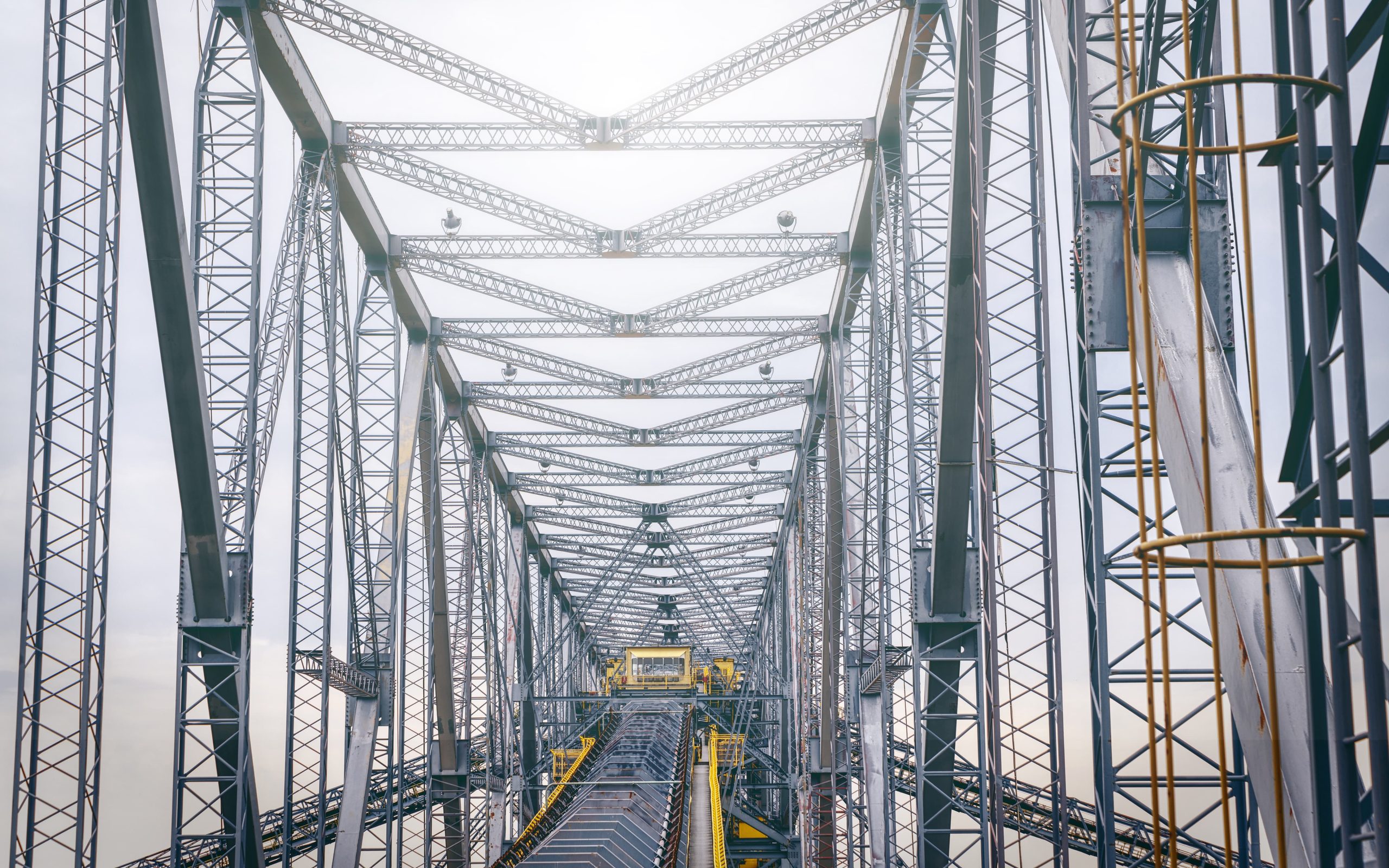
Grandes structures en acier utilisées dans la construction de ponts
425 - 600 Microns Billes de céramique Décapage
- Scénarios applicables
Convient pour le nettoyage et le renforcement de la surface des pièces moulées et des composants mécaniques de taille moyenne. Par exemple, dans la fabrication et l'usinage automobiles, certaines pièces moulées et composants mécaniques de taille moyenne nécessitent un traitement de surface pour améliorer la résistance à l'usure et à la corrosion. Cette spécification de sablage peut éliminer efficacement l'huile de surface, la rouille et d'autres impuretés, tout en créant une certaine couche de renforcement sur la surface de la pièce. - Avantages
- Bon effet de nettoyage : Peut éliminer les impuretés tenaces et rendre la surface de la pièce très propre.
- Effet de renforcement significatif : Peut créer une certaine couche de renforcement sur la surface de la pièce, améliorant ainsi ses performances.
- Large application : Convient au traitement de surface de divers matériaux tels que l'acier, les alliages d'aluminium et les alliages de cuivre.
250 - 425 Microns Billes de céramique Décapage
- Scénarios applicables
Convient au nettoyage de surface et à la finition des petites pièces de fonderie et des composants mécaniques de précision. Par exemple, dans le domaine de l'électronique et de l'instrumentation, certaines petites pièces moulées et certains composants mécaniques de précision nécessitent un traitement de surface pour améliorer la qualité de la surface. Cette spécification de sablage permet d'éliminer les petites impuretés et les bavures de la surface, tout en rendant la surface de la pièce plus lisse et plus uniforme, ce qui améliore l'aspect général. - Avantages
- Haute précision de nettoyage : Peut éliminer les petites impuretés et les bavures, ce qui rend la surface de la pièce plus lisse.
- Bon effet de finition : Peut créer une rugosité uniforme sur la surface de la pièce, améliorant ainsi la qualité de l'aspect.
- Endommagement minimal de la pièce : Les particules étant plus petites, l'impact sur la pièce est réduit, ce qui minimise les dommages.
125 - 250 Microns Billes de céramique Décapage
- Scénarios applicables
Convient pour le nettoyage et le polissage de la surface des pièces moulées de précision et des composants optiques. Par exemple, dans l'aérospatiale et les instruments optiques, certaines pièces moulées de précision et certains composants optiques nécessitent un traitement de surface pour améliorer la précision de la surface. Cette spécification de sablage peut éliminer les fines impuretés et les rayures, tout en rendant la surface de la pièce plus lisse et plus brillante, améliorant ainsi les performances optiques et la qualité de la surface. - Avantages
- Excellent effet de nettoyage : Peut éliminer les impuretés et les rayures très fines, ce qui rend la surface de la pièce extrêmement propre.
- Effet de polissage important : Peut créer une surface très brillante sur la pièce à usiner, améliorant ainsi la qualité de l'apparence.
- Applicabilité limitée : Convient principalement aux pièces moulées de précision et aux composants optiques exigeant une qualité de surface très élevée.
180 - 250 Microns Billes de céramique Décapage
- Scénarios applicables
Semblable au sablage aux billes de céramique de 125 à 250 microns, il convient au nettoyage et au polissage de la surface des pièces moulées de précision et des composants optiques. Toutefois, ses particules sont légèrement plus grosses, ce qui le rend plus adapté aux applications exigeant une rugosité de surface légèrement inférieure. - Avantages
- Bon effet de nettoyage : Peut éliminer les fines impuretés et les rayures, ce qui rend la surface de la pièce propre.
- Effet de polissage modéré : Peut créer un certain niveau de brillance sur la surface de la pièce, répondant ainsi à la plupart des exigences de qualité des pièces moulées de précision et des composants optiques.
- Coût relativement faible : Par rapport au sablage aux billes de céramique de 125 à 250 microns, il est relativement moins cher.
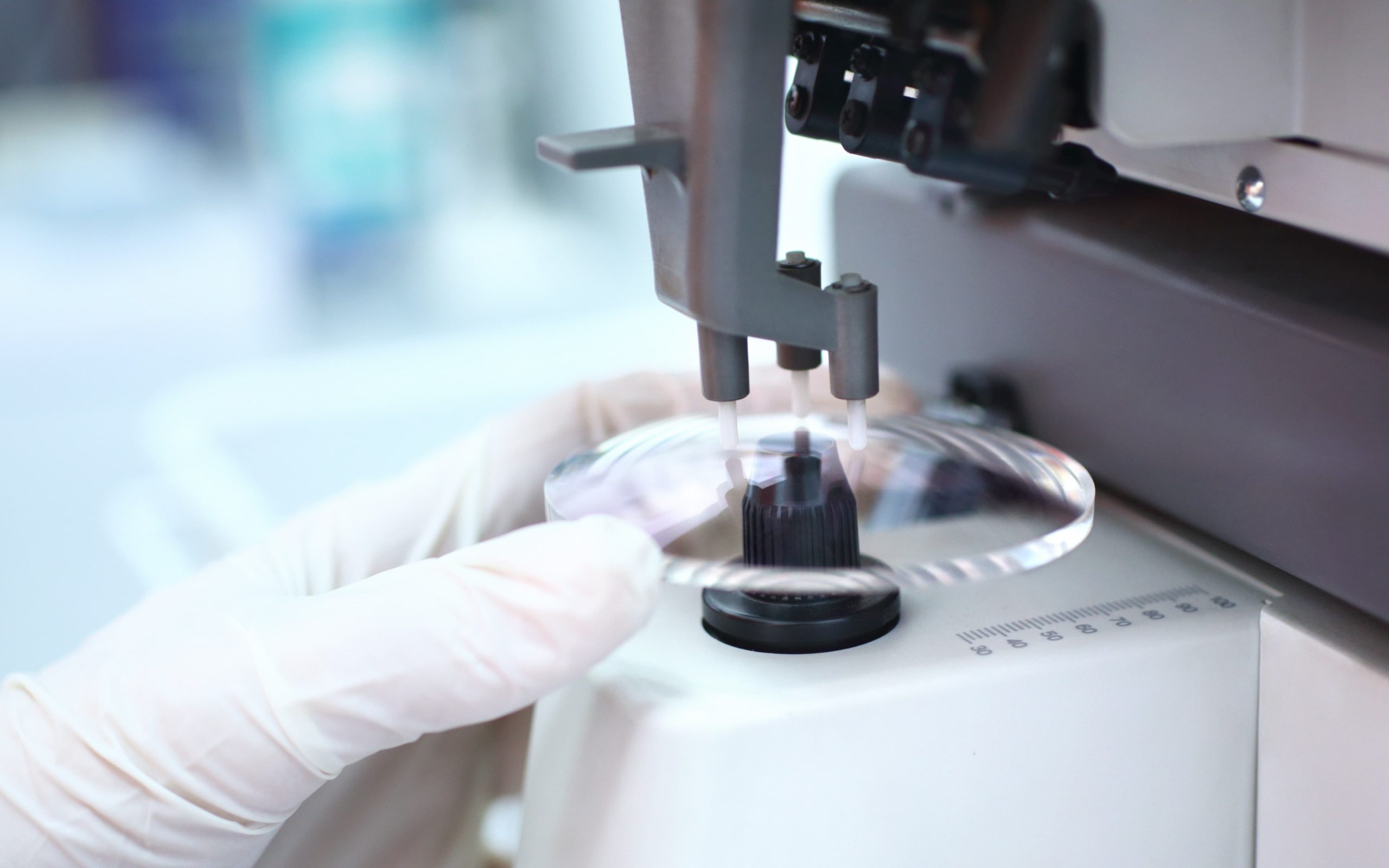
Des instruments optiques de haute précision et de haute qualité sont nécessaires
125 - 180 Microns Billes de céramique Décapage
- Scénarios applicables
Il convient au nettoyage et à la finition des surfaces de petites pièces moulées de précision et de composants électroniques. C'est un bon choix pour les applications qui requièrent une qualité de surface élevée mais qui n'ont pas besoin d'atteindre le niveau de qualité de surface des composants optiques. - Avantages
- Haute précision de nettoyage : Peut éliminer les petites impuretés et les bavures, ce qui rend la surface de la pièce plus lisse.
- Bon effet de finition : Peut créer une rugosité uniforme sur la surface de la pièce, améliorant ainsi la qualité de l'aspect.
- Coût modéré : Prix relativement raisonnable, adapté à la plupart des petites pièces moulées de précision et aux composants électroniques.
63 - 125 Microns Billes de céramique Décapage
- Scénarios applicables
Convient au nettoyage de surface et au traitement décoratif des petites pièces métalliques, des produits en plastique, etc. Par exemple, dans les industries de la quincaillerie et des produits en plastique, certaines petites pièces ont besoin d'un traitement de surface pour améliorer leur apparence et leur résistance à la corrosion. Cette spécification de sablage permet d'éliminer l'huile de surface, la poussière et d'autres impuretés, tout en créant un effet décoratif sur la surface de la pièce, ce qui la rend plus attrayante. - Avantages
- Bon effet de nettoyage : Peut éliminer la plupart des impuretés, ce qui rend la surface de la pièce plus propre.
- Effet décoratif important : Peut créer des textures et des brillances uniques sur la surface de la pièce, améliorant ainsi la qualité de l'apparence.
- Coût inférieur : Relativement bon marché, il convient pour un grand nombre de petites pièces.
0 - 125 Microns Billes de céramique Décapage
- Scénarios applicables
Convient au traitement de surface fin de divers matériaux, tels que les coques de produits électroniques, les appareils médicaux, etc. Dans ces domaines, une qualité de surface très élevée est requise, ce qui nécessite un traitement de surface fin pour garantir la perfection du produit. Cette spécification de sablage permet d'éliminer les impuretés extrêmement fines de la surface, tout en rendant la surface de la pièce plus lisse et plus délicate, ce qui améliore la qualité du produit. - Avantages
- Précision de nettoyage extrêmement élevée : Peut éliminer les impuretés extrêmement fines, ce qui rend la surface de la pièce extrêmement propre.
- Bonne qualité de surface : Peut créer une surface très lisse et délicate sur la pièce à usiner, améliorant ainsi la qualité de l'apparence du produit.
- Large application : Convient au traitement de surface fin de divers matériaux, y compris les métaux, les plastiques et les céramiques.
45 - 90 Microns Billes de céramique Décapage
- Scénarios applicables
Convient au nettoyage de surface et à la finition de petites pièces de précision, de composants électroniques, etc. Il s'agit d'un bon choix pour les applications exigeant une qualité de surface élevée, mais pas une précision aussi grande que pour les appareils électroniques et médicaux. - Avantages
- Une plus grande précision de nettoyage : Peut éliminer les petites impuretés et les bavures, ce qui rend la surface de la pièce plus lisse.
- Bon effet de finition : Peut créer une rugosité uniforme sur la surface de la pièce, améliorant ainsi la qualité de l'aspect.
- Coût relativement faible : Comparé au sablage aux billes de céramique de 0 à 125 microns, il est relativement moins cher.
0 - 63 Microns Billes de céramique Décapage
- Scénarios applicables
Convient aux produits électroniques de haute précision, aux instruments optiques, etc. Dans ces domaines, une qualité de surface extrêmement élevée est exigée, nécessitant un traitement de surface très fin pour garantir les performances et la fiabilité du produit. Cette spécification de sablage permet d'éliminer les impuretés extrêmement fines de la surface, tout en rendant la surface de la pièce plus lisse et plus régulière, ce qui améliore la qualité globale. - Avantages
- Précision de nettoyage extrêmement élevée : Peut éliminer les impuretés et les rayures extrêmement fines, ce qui rend la surface de la pièce extrêmement propre.
- Haute qualité de surface : Peut créer une surface très lisse et délicate sur la pièce à usiner, répondant aux exigences de haute qualité.
- Applicabilité spécialisée : Convient principalement aux domaines de haute précision nécessitant une qualité de surface très élevée.
10 - 30 Micron Ceramic Beads Blasting (Décapage de billes de céramique)
- Scénarios applicables
Convient au traitement de surface des produits électroniques de haute précision, des dispositifs à semi-conducteurs, etc. Dans ces domaines, les exigences en matière de qualité de surface sont élevées et nécessitent un traitement de surface ultrafin pour garantir les performances et la fiabilité du produit. Cette spécification de sablage permet d'éliminer les impuretés extrêmement fines de la surface et de rendre la surface de la pièce plus lisse et plus régulière, améliorant ainsi la qualité du produit. - Avantages
- Haute précision de nettoyage: Capable d'éliminer des impuretés extrêmement fines, ce qui permet d'obtenir une très grande propreté de la surface de la pièce.
- Excellente qualité de surface: Peut créer une surface très lisse et régulière sur la pièce à usiner, répondant aux exigences de qualité de surface des produits électroniques de haute précision et des dispositifs à semi-conducteurs.
- Gamme d'applications étroite: Convient pour les produits électroniques de haute précision et les dispositifs à semi-conducteurs dont les exigences en matière de qualité de surface sont extrêmement élevées.
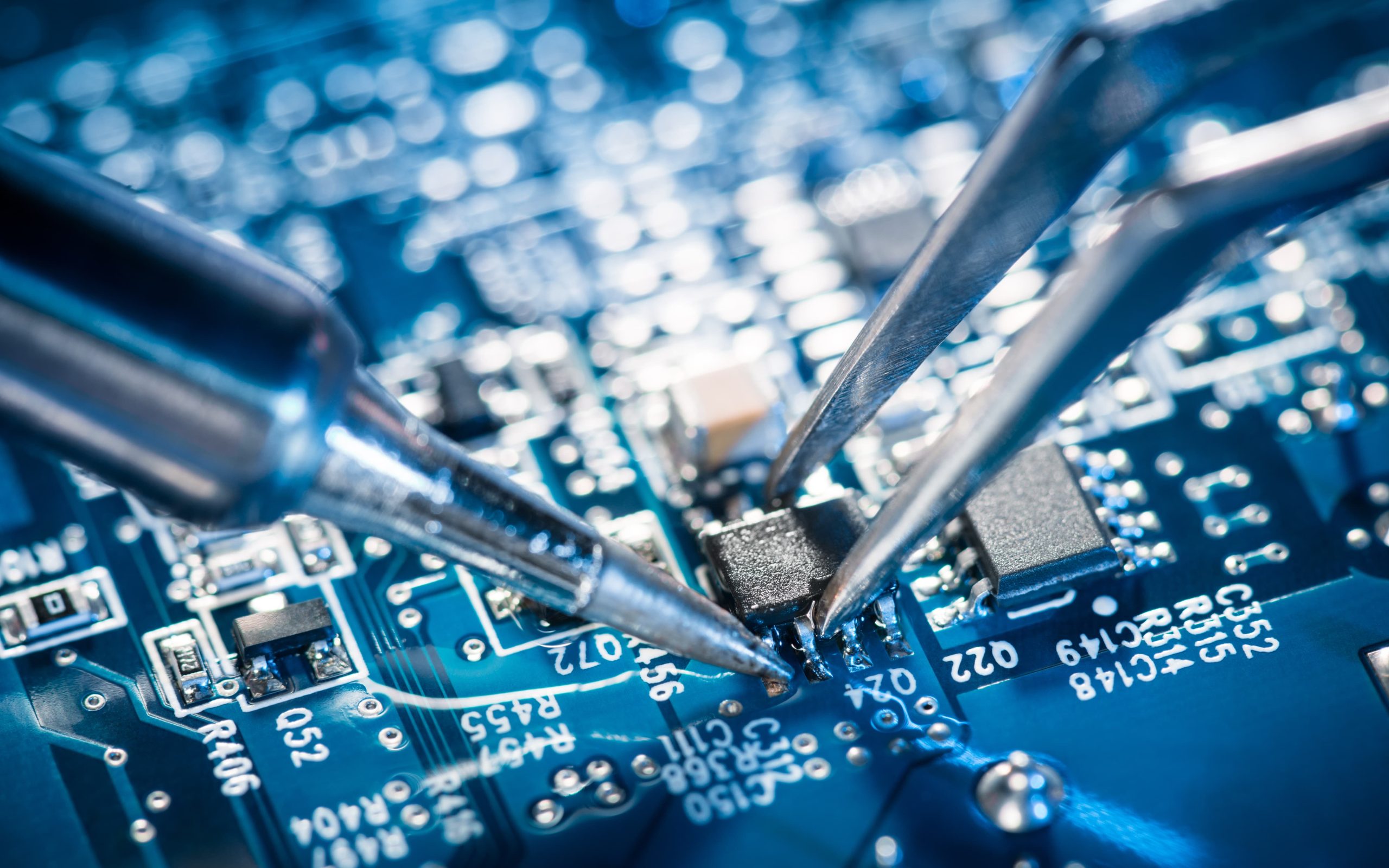
Semi-conducteurs de précision
Principes de choix des billes céramiques pour le sablage
- En fonction de la taille de la pièce: Pour les grandes pièces, choisir des particules plus grosses afin d'améliorer l'efficacité du nettoyage ; pour les petites pièces, choisir des particules plus petites afin d'éviter d'endommager la pièce.
- Basé sur les exigences de qualité de la surface: Si une qualité de surface élevée est requise, choisir des particules plus petites pour améliorer le lissage de la surface ; si les exigences en matière de qualité de surface sont moindres, choisir des particules plus grosses pour améliorer l'efficacité du nettoyage.
- En fonction de la dureté du matériau: Pour les matériaux plus durs, choisir des particules plus grosses pour améliorer l'efficacité du nettoyage ; pour les matériaux moins durs, choisir des particules plus petites pour éviter d'endommager la pièce.
- Sur la base du coût de production: Le prix des billes de céramique varie en fonction de leur spécification. Choisissez la spécification appropriée en fonction du coût de production. En général, les billes de céramique à petites particules sont plus chères, tandis que les grosses particules sont moins chères.
Fonctionnement pratique et précautions
Dans les opérations pratiques, une bonne coordination entre l'équipement et les conditions du processus est essentielle pour obtenir l'effet de sablage désiré. En outre, la compréhension des problèmes courants et de leurs solutions, ainsi que la maîtrise des techniques permettant d'améliorer les résultats du sablage, sont des facteurs importants pour une opération réussie.
Coordination de l'état des équipements et des processus
L'efficacité du sablage aux billes de céramique dépend largement de la coordination entre l'équipement et les conditions du processus. Tout d'abord, il convient de sélectionner l'équipement de sablage, notamment la pression de sablage, la taille de la buse et la conception de la chambre de sablage. La pression de sablage affecte la force et la vitesse de sablage et doit être ajustée en fonction de la dureté et de l'état de surface du matériau à traiter. La taille de la buse doit être choisie en fonction de la taille des particules de l'agent de sablage afin de garantir des résultats de sablage homogènes. La conception de la chambre de sablage doit assurer une bonne ventilation et une bonne extraction de la poussière pour éviter que celle-ci n'affecte l'environnement de travail pendant le processus de sablage.
Deuxièmement, le contrôle des conditions du processus est également très important. La température de fonctionnement, l'humidité et le débit de l'agent doivent être contrôlés avec précision. Des températures trop élevées ou trop basses peuvent affecter les performances du produit de sablage, tandis qu'une humidité élevée peut entraîner une agglutination du produit, ce qui affecte les résultats du sablage. Un débit excessif ou insuffisant peut affecter l'uniformité du sablage ; des ajustements doivent donc être effectués en fonction des conditions spécifiques.
Problèmes courants et solutions
- Sablage inégal: Ce phénomène peut être dû à l'obstruction ou à l'usure des buses, ou à un mauvais fonctionnement de l'équipement. Vérifiez et remplacez régulièrement les buses pour vous assurer qu'elles ne sont pas obstruées ; entretenez et réparez également l'équipement pour éviter que des dysfonctionnements n'affectent l'effet de sablage.
- Résultats insatisfaisants du sablage: Cela peut être dû à un mauvais réglage de la pression de sablage, à une sélection inadaptée du produit de sablage ou à des problèmes opérationnels. Réglez la pression de sablage dans la plage optimale, choisissez la spécification de billes de céramique appropriée et assurez-vous que les opérateurs maîtrisent les techniques de sablage correctes.
- Usure rapide du produit de sablage: Ce phénomène peut être lié au réglage des conditions de sablage. La réduction de la pression de sablage et de la force d'impact de l'agent peut ralentir efficacement le taux d'usure. En outre, le remplacement et le réapprovisionnement réguliers de l'agent de sablage est une mesure de maintenance nécessaire.
Conseils et recommandations pour améliorer l'efficacité du sablage
Pour améliorer l'efficacité du sablage aux billes de céramique, il convient de tenir compte des conseils et recommandations suivants :
- Optimiser les paramètres de sablage: Régler la pression de sablage, le débit et l'angle de la buse en fonction des besoins réels. Une pression de sablage plus élevée peut augmenter la vitesse d'enlèvement mais éviter une usure excessive.
- Maintenir l'équipement propre: Nettoyer régulièrement l'équipement de sablage, en particulier la buse et la chambre de sablage, afin d'éviter que la poussière et les impuretés n'affectent la qualité du sablage.
- Choisir le support de manière appropriée: Choisissez la bonne spécification de billes céramiques en fonction du type et des exigences du matériau à traiter. La taille des particules, la dureté et la forme du support ont un impact significatif sur les résultats du sablage.
- Contrôle de l'environnement de sablage: Maintenir un environnement de sablage sec et bien ventilé pour éviter qu'une humidité élevée n'affecte le produit de sablage.
En optimisant la coordination des conditions de l'équipement et du processus, en traitant les problèmes courants et en employant des techniques pour améliorer l'efficacité du sablage, l'efficacité et la qualité du sablage aux billes de céramique peuvent être améliorées de manière significative.
Le choix des spécifications de décapage des billes de céramique doit se faire en fonction de l'application spécifique et des exigences de traitement de surface. Les différentes spécifications des billes de céramique ont chacune leurs propres caractéristiques et avantages, et une sélection appropriée peut améliorer l'efficacité du nettoyage, la qualité de la surface et la rentabilité globale. La compréhension de ces spécifications et des scénarios applicables vous aide à faire de meilleurs choix dans le processus de sablage, à obtenir l'effet de traitement de surface désiré et à répondre aux besoins de production. Si vous avez des questions ou si vous avez besoin d'aide, n'hésitez pas à nous contacter. Nous serons heureux de vous fournir des conseils et des solutions professionnels.
Filtres


